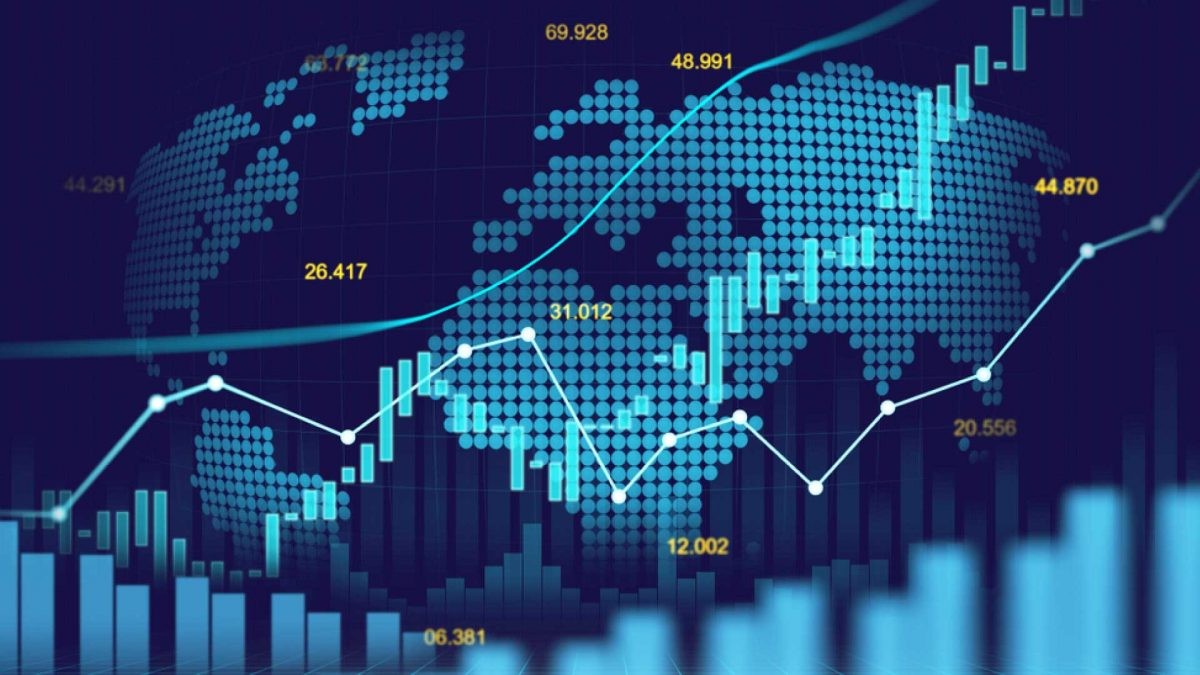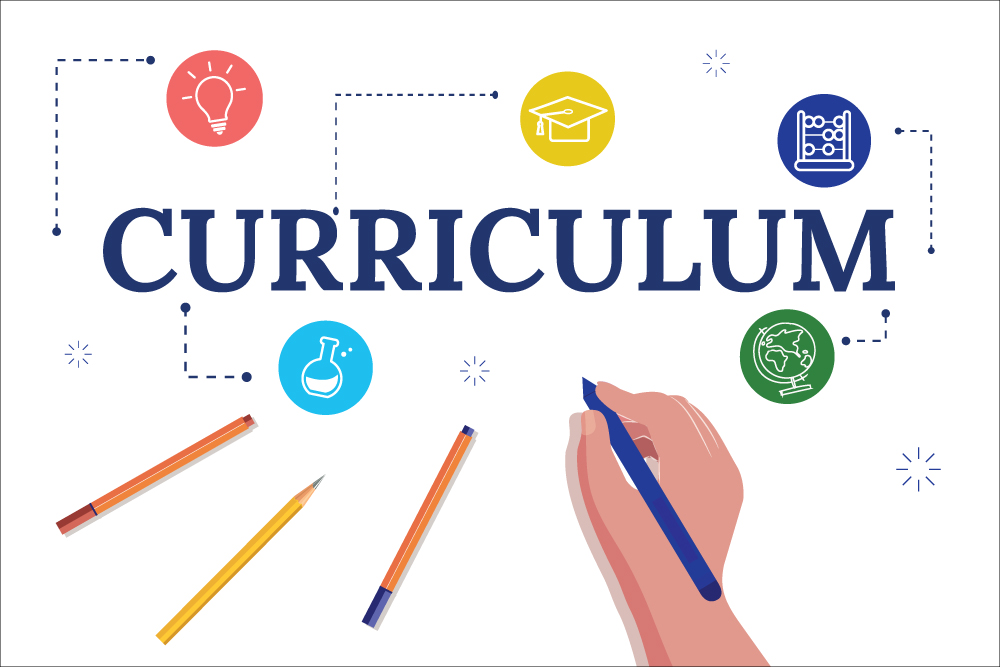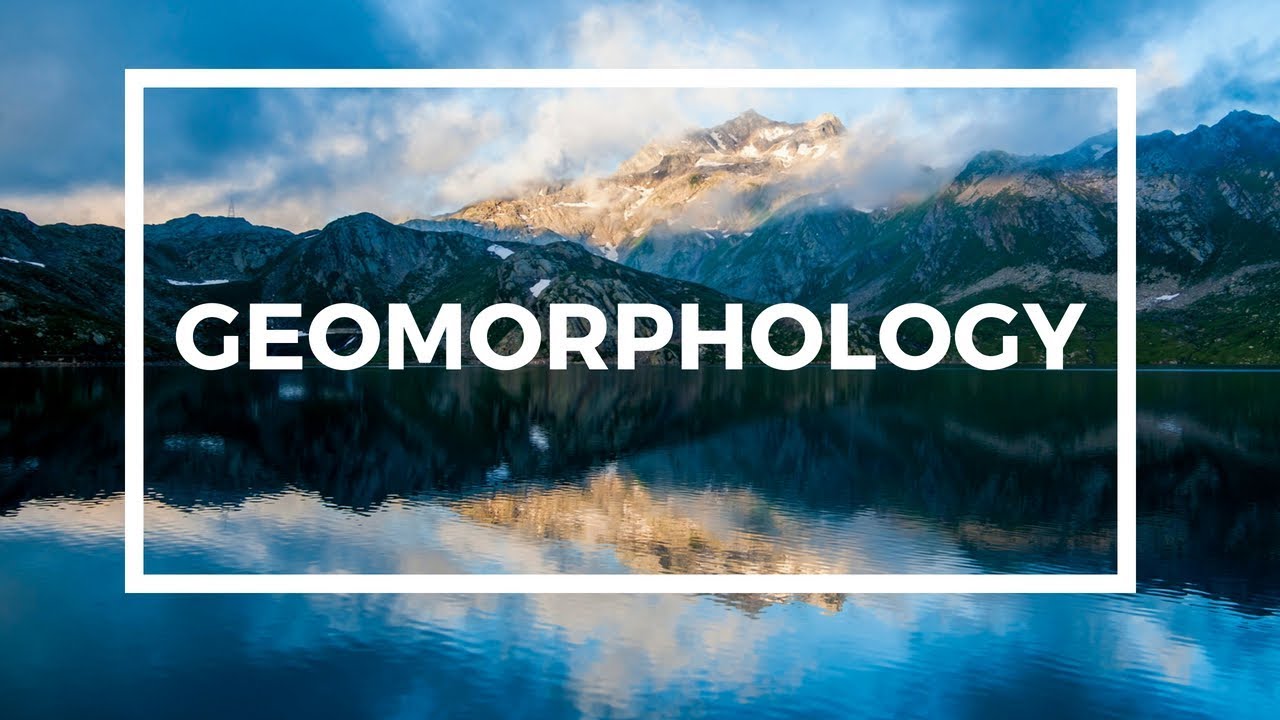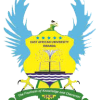
Economic Geography explores the spatial organization and distribution of economic activities across the world. It examines how natural resources, industries, trade, labor, markets, and technology interact with geography to shape economic development. The course looks at both global and local scales, emphasizing how geographic location affects production, transportation, consumption, and economic inequality. Students will study economic systems, globalization, regional development, and sustainability in a spatial context.
Objectives:
- Understand the principles and concepts of economic geography.
- Explore the geographic factors influencing location of economic activities (e.g., agriculture, industry, services).
- Examine the role of trade, transport, and globalization in shaping economic landscapes.
- Analyze regional disparities in wealth and development.
- Interpret economic maps, data, and models related to location and flow of goods and services.
- Evaluate resource distribution and sustainability in economic decision-making.
Learning Outcomes:
- Explain how geography affects the distribution of economic resources and activities.
- Identify the major sectors of the economy (primary, secondary, tertiary, quaternary) and their spatial patterns.
- Analyze factors influencing industrial and agricultural location, such as land, labor, transport, and climate.
- Evaluate the economic impact of globalization, trade blocs, and multinational corporations (MNCs).
- Use geographic tools (e.g., maps, GIS, spatial analysis) to interpret economic data and trends.
- Discuss the implications of economic inequality and regional underdevelopment.
- Assess how environmental factors influence and are impacted by economic systems.
Credits: 20
Academic Year 2024-2025
Lecturer:
- Teacher: content creator

The Curriculum Studies course explores the principles, theories, and practices involved in the development, design, implementation, and evaluation of educational curricula. It examines historical and contemporary perspectives on curriculum, the roles of various stakeholders (teachers, policymakers, communities), and the impact of social, cultural, and political contexts on curriculum decisions. The course also addresses curriculum models, instructional strategies, assessment methods, and curriculum reform processes. Through critical analysis and practical engagement, students gain the knowledge and skills needed to contribute thoughtfully to curriculum development and improvement in diverse educational settings.
Objectives:
- To introduce foundational concepts and theories related to curriculum development and design.
- To examine the historical, philosophical, and sociopolitical influences on curriculum.
- To analyze various curriculum models and approaches in different educational contexts.
- To explore the roles of teachers, students, policymakers, and society in shaping the curriculum.
- To develop the ability to evaluate and improve curricula for relevance, inclusivity, and effectiveness.
Learning Outcomes:
- Define key terms and concepts in curriculum studies and explain their significance.
- Identify and compare different curriculum theories and models.
- Analyze the impact of cultural, social, and political factors on curriculum planning and implementation.
- Evaluate curriculum documents and programs using appropriate criteria and frameworks.
- Design and propose improvements to curriculum plans based on current educational needs and goals.
- Reflect on the teacher’s role as a curriculum developer and change agent in education.
Academic Year 2024-2025
Lecturer: Charles NDAYISENGA
- Teacher: content creator

The Geomorphology course explores the study of landforms, their processes of formation, and the dynamic forces that shape the Earth’s surface. It examines both endogenic (internal) and exogenic (external) processes such as tectonics, volcanism, weathering, erosion, transportation, and deposition. Students learn to analyze landscape features using scientific tools and techniques, including topographic maps, GIS, and remote sensing. The course emphasizes understanding the interaction between geological structures, climate, and human activity in shaping the physical environment. By the end of the course, students are equipped with the knowledge to interpret landforms and contribute to environmental planning, natural hazard assessment, and resource management.
Objectives:
Introduce Fundamental Concepts of Geomorphology: Provide an understanding of the Earth’s surface features and the natural processes that shape them.
Understand Geomorphic Processes: Examine internal (endogenic) and external (exogenic) forces such as tectonics, erosion, weathering, and sedimentation.
Analyze Landform Evolution: Study how different landforms develop and change over time under various environmental conditions.
Apply Scientific Tools and Techniques: Develop skills in using topographic maps, aerial photographs, GIS, and remote sensing in geomorphic analysis.
Explore Human-Environment Interactions: Understand the impact of human activities on landform development and landscape degradation.
After completing the course, students should be able to:
- Define and Describe Key Geomorphic Processes: Explain how physical, chemical, and biological processes contribute to landform formation and evolution.
- Interpret Landforms and Landscapes: Identify and analyze major landforms and their origin based on geomorphic evidence.
- Use Geospatial Tools Effectively: Apply GIS, remote sensing, and mapping techniques to study and interpret landform patterns.
- Assess Environmental and Geological Hazards: Evaluate geomorphic factors contributing to natural hazards like landslides, floods, and erosion.
- Demonstrate Critical Thinking in Geomorphological Analysis: Formulate scientific explanations and solutions for real-world geomorphic problems.
Course Code: GEO 2104
Credits: 20
Academic Year 2024-2025
Lecturer: Jesse NANYUMBA
E-mail: jessenayumba@gmail.com
Tel: +250 787 187 572
- Teacher: content creator

A World Revolution course explores the major political, social, and economic upheavals that have shaped global history. It examines key revolutionary movements such as the French Revolution, American Revolution, Russian Revolution, and Chinese Revolution, analyzing the causes, processes, and outcomes of each. The course also delves into the impact of these revolutions on the spread of democracy, the rise of communism, colonial independence movements, and the transformation of global power structures. By studying the ideologies, leaders, and consequences of world revolutions, students gain a deeper understanding of how these pivotal events have influenced modern politics, social systems, and international relations. This course offers a comprehensive look at the revolutionary movements that have changed the world, providing students with the tools to critically analyze historical events and understand their significance in global politics and history.
Key Topics
1.AMERICAN REVOLUTION (1763-1812)
2.THE INDUSTRIAL REVOLUTION.(C16th to C18th)
3.THE FRENCH REVOLUTION.(1789)
5.RUSSIAN REVOLUTION (1917).
6.CHINESE REVOLUTION(1910/20)
7.MEXICAN REVOLUTION()
8.SOUTH AFRICAN APARTHEIDS(1910/94)
9.SPANISH FLUES 1920S
Objectives:
- Understand the Origins and Causes of Revolutions: Examine the political, social, and economic factors that lead to revolutionary movements, including issues such as inequality, political oppression, and economic exploitation.
- Analyze Major Revolutionary Movements: Study key historical revolutions, such as the French Revolution, Russian Revolution, American Revolution, and Chinese Revolution, to understand the nature of revolutionary change and its impact on society.
- Explore Revolutionary Ideologies: Investigate the ideologies that shaped revolutions, including liberalism, socialism, communism, and nationalism, and their role in shaping the goals and outcomes of revolutionary movements.
- Evaluate the Role of Leaders and Movements: Focus on the influence of revolutionary leaders like Napoleon Bonaparte, Vladimir Lenin, Mao Zedong, and others, and understand how they mobilized mass movements and navigated challenges during periods of upheaval.
- Examine the Global Impact of Revolutions: Explore how world revolutions have influenced the spread of democracy, the collapse of empires, the rise of new political systems, and the decolonization of nations in the 20th century.
- Assess the Successes and Failures of Revolutions: Discuss the long-term consequences of revolutions—whether they achieved their intended goals, the challenges they faced, and the evolution of political systems after the revolution.
Learning Outcomes:
By the end of the course, students should be able to:
- Identify the Causes of Revolutions: Describe and analyze the social, political, and economic conditions that lead to revolutions and compare the factors across different historical contexts.
- Critically Analyze Revolutionary Movements: Assess the impact and legacy of significant world revolutions, considering both their immediate and long-term effects on national and global scales.
- Understand Revolutionary Ideologies: Explain the key ideologies and philosophies that motivated revolutionaries and the lasting influence of these ideas on modern political movements.
- Evaluate Revolutionary Leadership: Analyze the role of individual leaders in shaping the course of revolutionary movements and their contributions to political and social change.
- Compare and Contrast Different Revolutions: Draw comparisons between revolutions in different regions, such as the differences between the American and French Revolutions, or between Marxist and Nationalist revolutionary movements.
- Make Informed Conclusions About Revolution's Impact:
- Reflect on the successes and failures of revolutions in achieving their goals, and evaluate whether they created lasting improvements or unintended consequences for the societies involved.
Course Code: HIS 2103
Credits: 10
Academic Year 2024-2025
Lecturer: Jerome KAYEMBA
- Teacher: content creator

